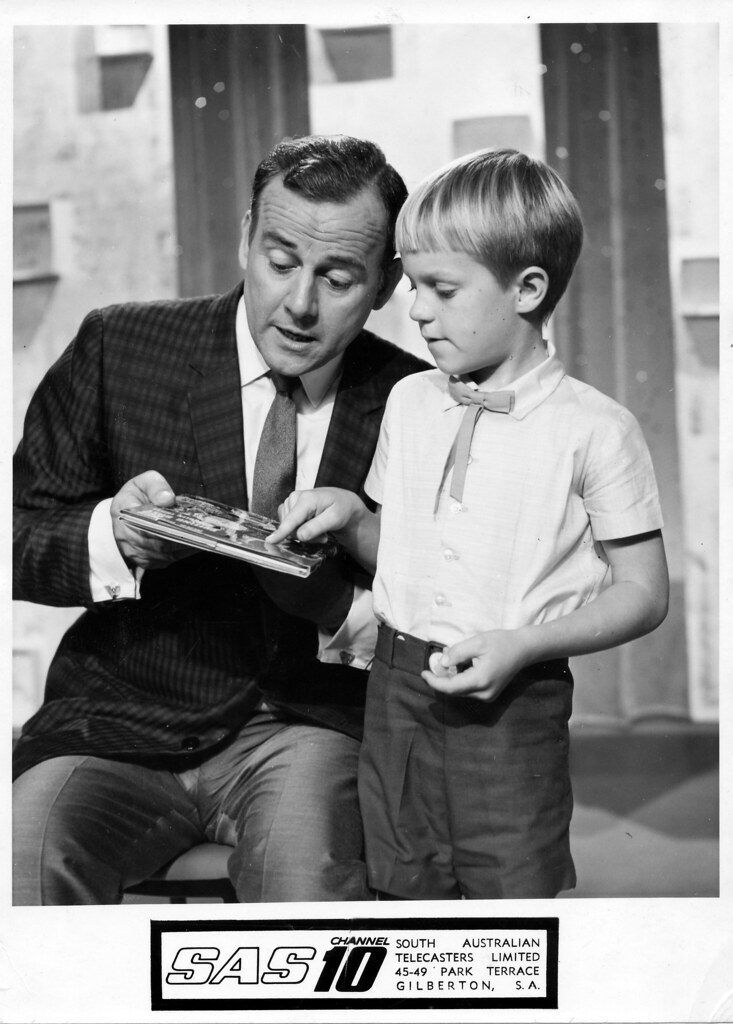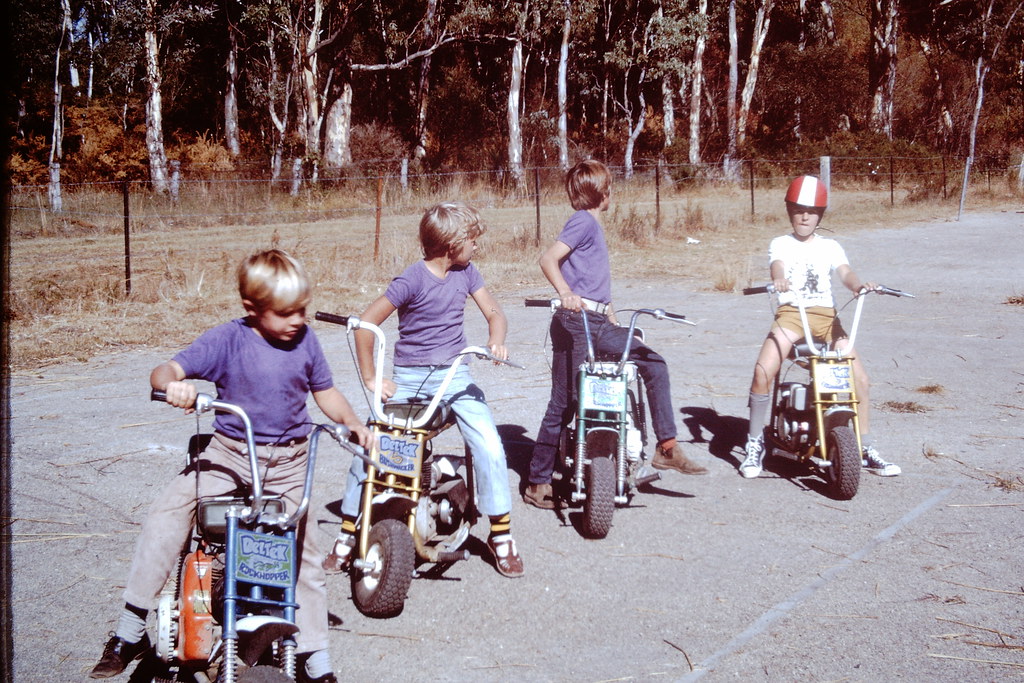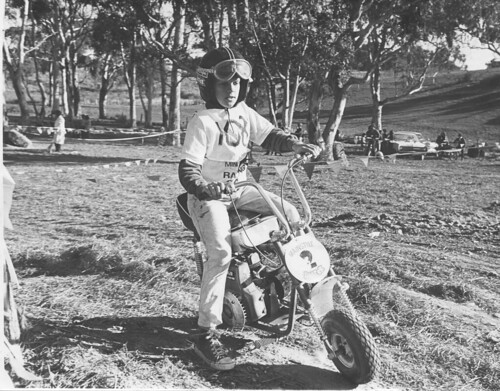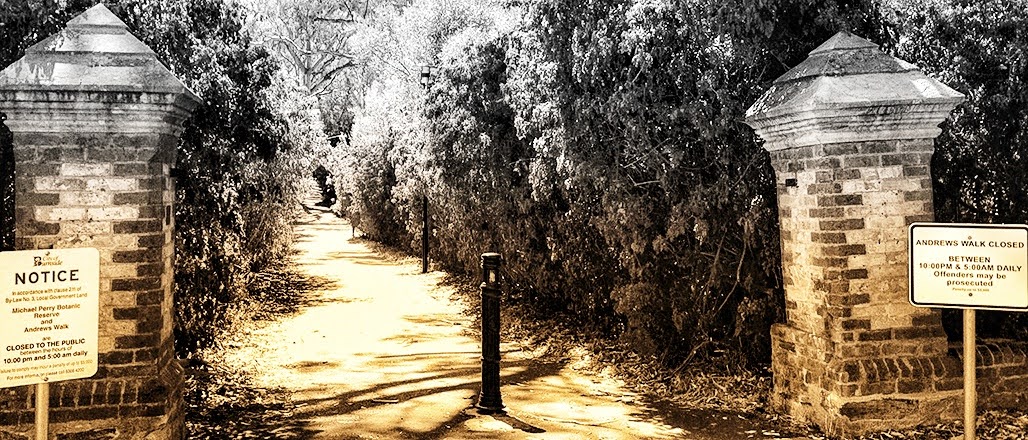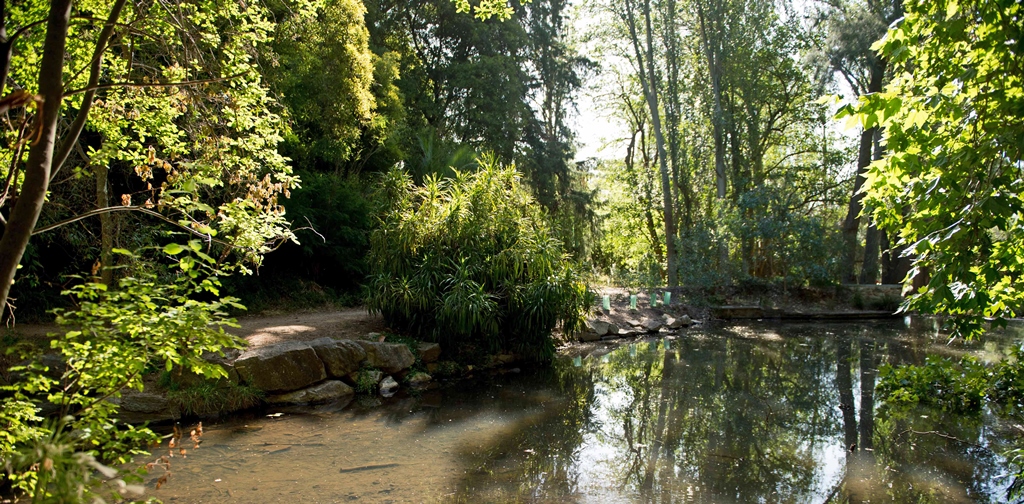It was 1968 and one day at school at Burnside Primary School (then Burnside Demonstration School) some people from the show came and auditioned a bunch of kids for possible appearances on the show.
I'm pretty sure it was my teacher (Mrs Martin) who thought "oh, I know just the one!"
There was about 10 or of us gathered (I think) in the staff room while the TV people popped impromptu questions at us and gauged our responses.
I only remember one question, but it was likely the one that got me over the line.
"How do people arrive unannounced at your home?" (or words to that effect.)
My answer: "They parachute down the chimney!" Obviously taking a lot of artistic license as we don't have a chimney.
The episodes were filmed at the SAS-10 studios at Gilberton where, in a twist of fate, I would work in the Telecine/Teletape department ten years later.
When it came time to appear on the show, we had to have a joke and a thing called a 'forfeit'. I don't recall exactly what the instructions were, but my father (who was a very good engineer but not particularly creative) came up with an empty soup can with a picture of Elizabeth Taylor stuck to it. "What was that?" you ask. A Tin Lizzy. Think about it.
My joke was taken straight out of Keith Smith's own joke book:
"If a wock it something you phwo at a wabbit, what is a twip?"
Keith kept coming back to me after he quizzed a couple of other kids. Finally ..
"A twip is something you take on a twain!" He loved it.
When it came time to appear on the show, we had to have a joke and a thing called a 'forfeit'. I don't recall exactly what the instructions were, but my father (who was a very good engineer but not particularly creative) came up with an empty soup can with a picture of Elizabeth Taylor stuck to it. "What was that?" you ask. A Tin Lizzy. Think about it.
My joke was taken straight out of Keith Smith's own joke book:
"If a wock it something you phwo at a wabbit, what is a twip?"
Keith kept coming back to me after he quizzed a couple of other kids. Finally ..
"A twip is something you take on a twain!" He loved it.
Mum was in the audience and the cameras caught her exploding in laughter at a joke. She featured on several subsequent episodes as the producers clearly loved her enthusiastic reaction.
As a gift I was given a children's book and a 50c piece. Keith clearly took a shine to me and I was asked to stand in for the publicity photo. Was I deluged by talent scouts looking to launch my movie or TV career? Er, no.
But I did later appear on Perfect Match, four times. But that's a story for another time.
As a gift I was given a children's book and a 50c piece. Keith clearly took a shine to me and I was asked to stand in for the publicity photo. Was I deluged by talent scouts looking to launch my movie or TV career? Er, no.
But I did later appear on Perfect Match, four times. But that's a story for another time.
